-
English
-
Ideally located on the edge of the Dordogne and 20 minutes from the D936, linking Bordeaux to the Dordogne, Branne is an essential place of passage. Its proximity to the A89 and Saint-Émilion, just 12 km away, makes it a popular destination. Its tourist office, located on the banks of the river in a wooden building shaped like a square, perfectly reflects the charm of the region.
BRANNE: its story
Branne will delight you with its rich history ! It owes its growth to river trade which developed in the 17th century with the navigation of beautiful barges on the Dordogne. Until THE 19th century, the port of Branne maintained significant economic activity, thanks in particular to the trade in wine or that of cut stones transported from the surrounding quarries (such as those of Lugaignac and Daignac).
In the 19th century, the town was transformed: the quays were renovated, and the construction of several very important buildings was decided: the new market which dates from 1895, the Saint-Étienne church in neo-Gothic style, was completed in 1877 (in place of a small Romanesque church) and consecrated in 1878, where the new Town Hall was built.
In the 20th century, Branne doesn't stop there! The impressive metal bridge, rebuilt in 1911, is a real monument to discover. If, in the Middle Ages, a wooden bridge already existed with a toll (abolished in 1890), the metal bridge was erected and despite its destruction by the Germans in 1944, it was restored, embodying the tenacity of Branne.LANDSCAPES AND SURROUNDINGS: Land and heritage
The landscape of Branne and its surroundings is cut out by hills, valleys, forests , magnificent vineyards and rich testimonies of the past, ranging from prehistory to today. The remains of Gallo-Roman villas as well as those of prehistory such as the Curton Dolmen will immerse you in a distant past. The Romanesque churches that survived the Hundred Years' War, the wars of religion and the Slingshot are all testimonies to the region's religious heritage. Finally, the numerous castles attest to the wealth and nobility of the surrounding area, in particular those dating from English Guyenne, splendid in their sobriety and elegance. To name just a few: Château de Blaignac in Cabara, that of Mouchac, Château Rebullide in Guillac or even Château Reynier!
The diversity of the landscapes, the variations of the soils made up of a limestone plateau covered with a layer of clayey soil is the same as that of its prestigious neighbor Saint-Émilion and offers wines whose quality is no longer in doubt.
This part of Entre-deux-Mers was crisscrossed by roads converging towards the Abbey of Sauve Majeure, a major gathering place and departure point for Santiago de Compostela.
Today our beautiful region is dotted with hiking trails, cycle paths.
Whatever the path taken, the vines, the rivers, the architectural heritage constantly accompany your steps and if at the bend of a path, a wine property presents itself, do not hesitate to take a little tasting break... always in moderation!
-
- Français
You will like also
The Roy's Tower
The Roy's Tower
The Roy's Tower dominates the village of Saint-Emilion. This Romanesque keep is a very well preserved vestige of the ...
7,1 km - Saint-Émilion
Cité médiévale de Saint-Emilion
Cité médiévale de Saint-Emilion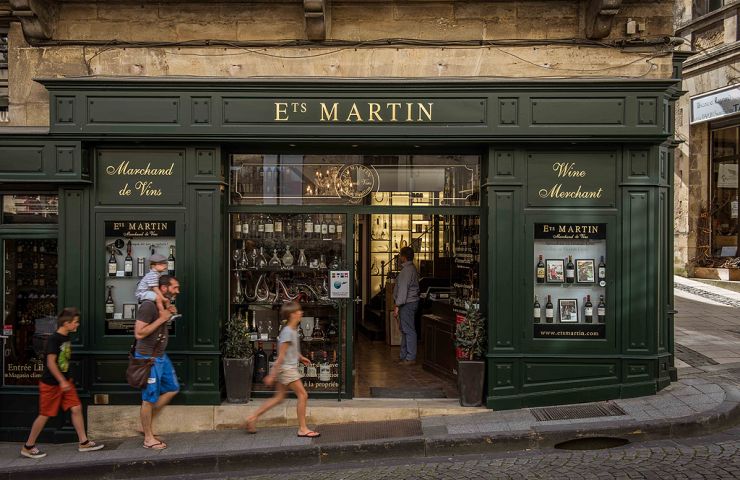
Saint-Emilion is a real gem in Gironde, famous throughout the world for its wine and its heritage. A medieval gem ...
7,1 km - Saint-Émilion
Rauzan
Rauzan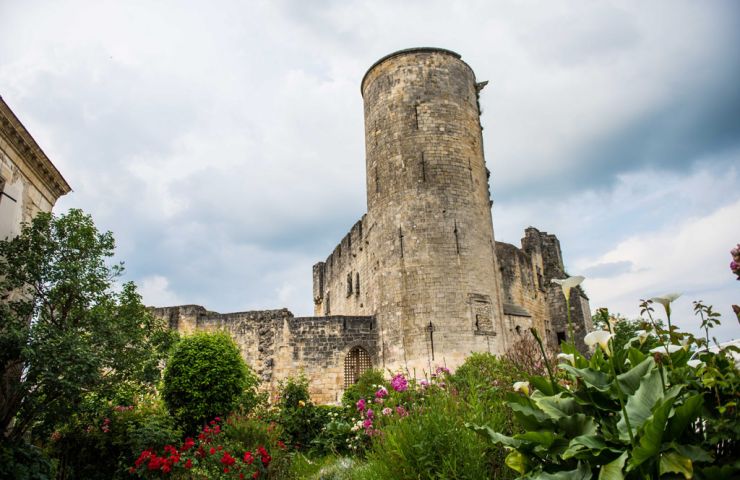
Rauzan, a town located in Gironde, offers a mixture of history, nature and wine heritage to travelers who tread its ...
7,4 km - Rauzan
Rauzan Castle
Rauzan Castle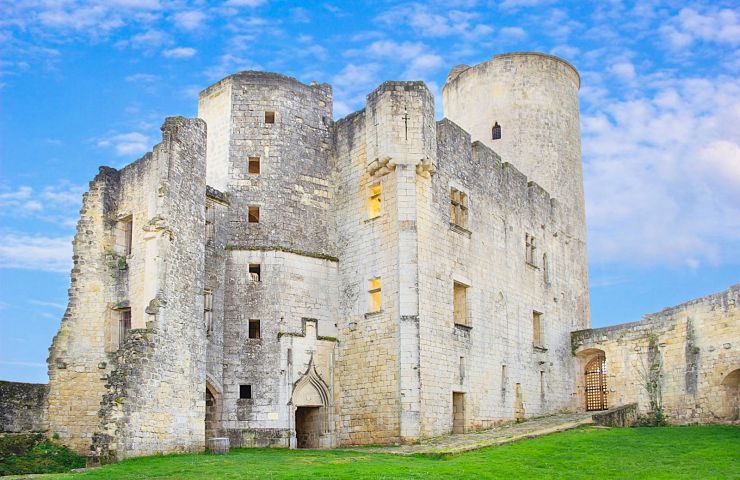
Rauzan Castle is a 12th century fortified castle, south of Libourne. Built on an ancient motte castrale, inhabited ...
7,4 km - Rauzan
Lac de Laubesc
Lac de Laubesc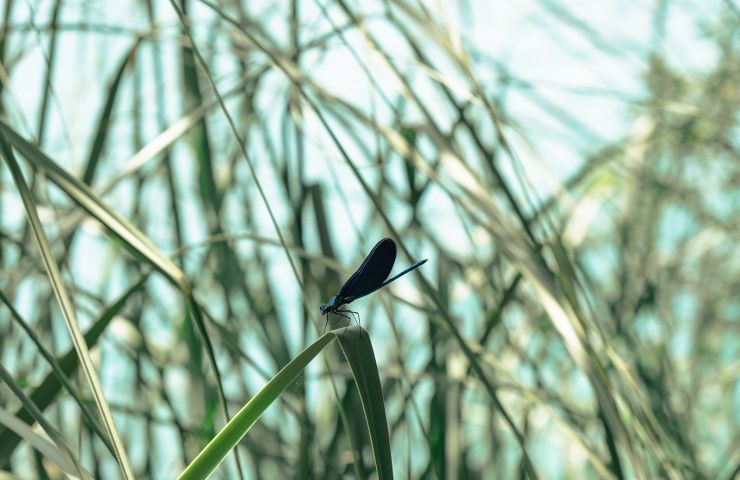
At the heart of Entre-deux-Mers, the Lac de Laubesc site is in fact made up of two ponds. They are mainly devoted to ...
9,5 km - Cessac


Bureau d'Information Touristique de Branne
Address
Route de Cabara
33420 Branne
Contacts
Phone : 05 57 74 90 24
GPS coordinates
44° 49'54.53"N, 0° 11'6.97"W
Directions
We tested for you
The Top 8 of the most beautiful villages in Gironde
The Top 8 of the most beautiful villages in Gironde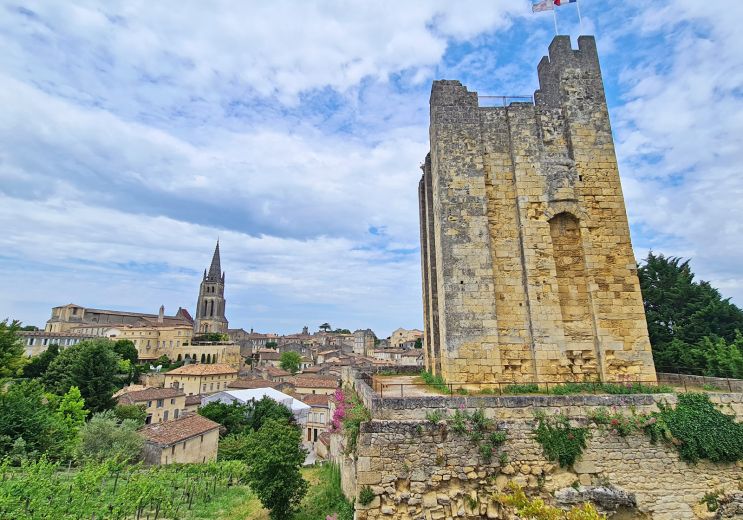
7,3 km - Saint-Émilion
Weekend & Holidays
Visit of Saint-Emilion, between History and Heritage
Visit of Saint-Emilion, between History and Heritage
7,3 km - Saint-Émilion
Culture and Heritage
Château Gaubert Saint-Emilion Grand Cru: A wine made in family with the heart
Château Gaubert Saint-Emilion Grand Cru: A wine made in family with the heart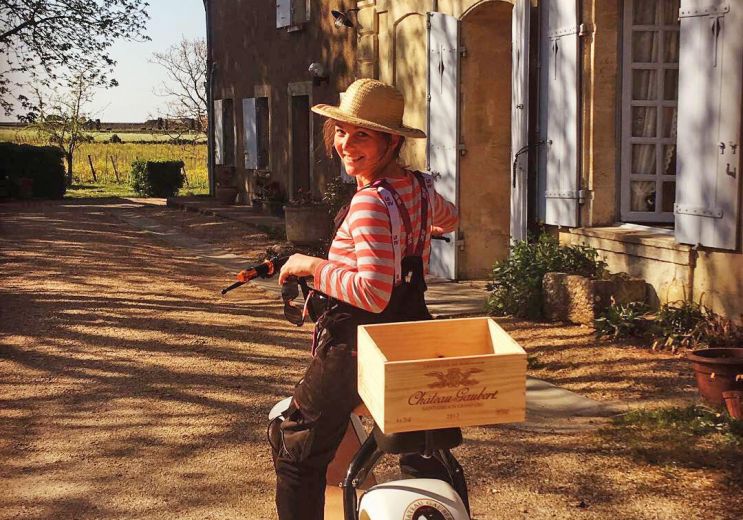
8,6 km - Saint-Christophe-des-Bardes
Food Lovers
You will also like
Bureau d'Information Touristique de Rauzan
Bureau d'Information Touristique de Rauzan
Castillon Pujols Tourist Office, the village of Rauzan This charming town is located in Entre-Deux-Mers, east of ...
7,4 km - Rauzan
Office de Tourisme du Libournais
Office de Tourisme du Libournais
The Office de Tourisme Intercommunal du Libournais promotes tourism in the 45 communes of the Communauté ...
10,4 km - Libourne
Office de Tourisme - Castillon-la-Bataille
Office de Tourisme - Castillon-la-Bataille
Castillon-La-Bataille: A Significant Historical Heritage Between the Gironde estuary and the Périgord Noir, ...
11,4 km - Castillon-la-Bataille
Entre-deux-Mers Tourism - Targon TIO
Entre-deux-Mers Tourism - Targon TIO
At the gates of Bordeaux, between Dordogne and Garonne, Entre-deux-Mers seduces you from the start with the serene ...
12,5 km - Targon
Entre-deux-Mers Tourism - TIO of Créon
Entre-deux-Mers Tourism - TIO of Créon
At the gates of Bordeaux, between Dordogne and Garonne, Entre-deux-Mers seduces you from the start with the serene ...
14,4 km - Créon

















